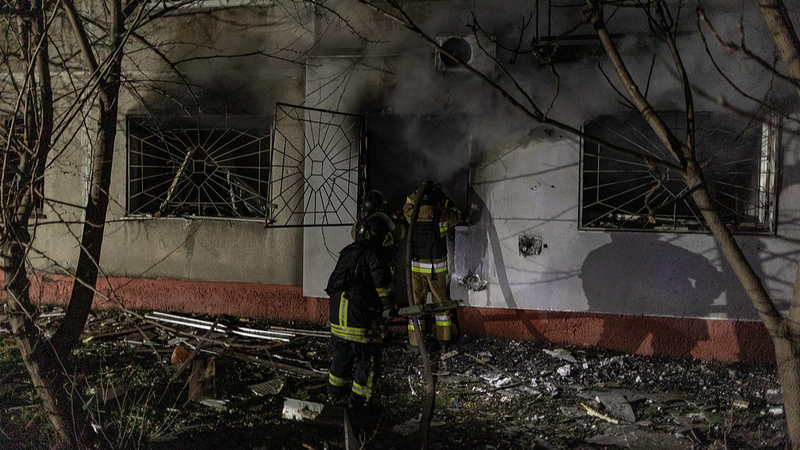Milky Way's Fate: A Cosmic Coin Flip
It turns out the future of our galaxy isn't set in stone or stars. According to a new study in Nature Astronomy, the Milky Way and Andromeda have only a roughly 50% chance of colliding over the next 10 billion years.
Here's the cosmic math:
- Speed toward each other: 100 km/s
- Simulations run: over 100,000
- Likely close pass: ~500,000 light-years
- Collision window: 4.5 to 8 billion years
Previous forecasts painted a dramatic Milkomeda merger, where our Sun might spiral into a supermassive black hole or get flung into intergalactic space. But with updated space telescope observations and more realistic models of satellite galaxies, researchers led by Till Sawala at the University of Helsinki describe the outcome as virtually a 50-50 chance.
In half of the simulations, dark matter pulls the galaxies together into a cataclysmic embrace—but often not for another eight billion years. In the other half, they'll settle into a long-term orbital dance, circling each other for tens of billions of years before any potential collision.
What does this mean for life on Earth? Not much. Our Sun is expected to make Earth inhospitable in about a billion years—long before any galactic drama unfolds. Yet, there's something comforting about knowing our galaxy's fate remains open.
Future data from missions like Gaia and the Hubble Space Telescope will refine these predictions, but for now, the Milky Way's cosmic destiny hangs in the balance.
Reference(s):
Milky Way may not be destroyed in galactic smash-up after all
cgtn.com




